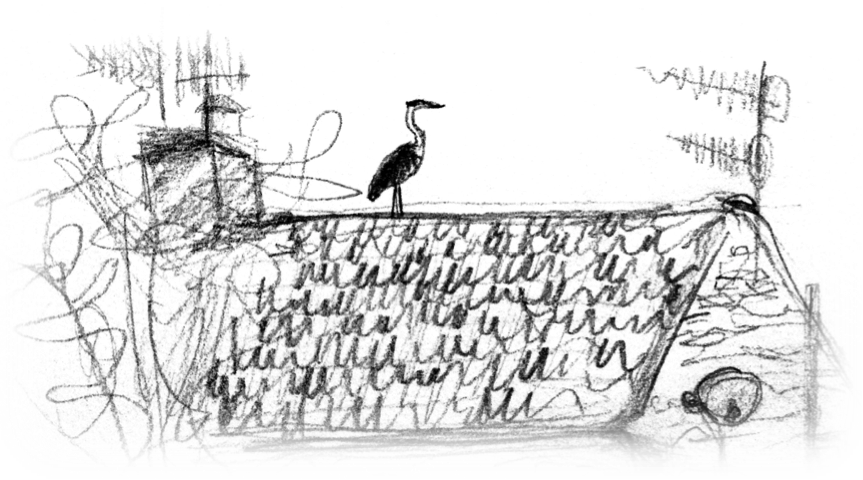After 4 weeks of boat-based research on wild whales and dolphins, I picked up the pen several times and stopped in mid air wandering where to start. The experience has been so rich, intense and breath taking that I could not choose a sensible path through it yet, and make it into narration. Finally I thought: let’s just start from the beginning. How did an artist and performer end up on a research boat, gathering datas?
“Whales? Aren’t you a cellist?” I have heard this question many times from strangers and friends alike. Especially in the music world, I have often felt a bit of a freak. Animals. Wild ones, really. Not exactly the fauna you find in concert halls (most of the time).
I was an animal lover already as a kid. But about marine mammals, there’s a bit more of a story to it. So here it goes…
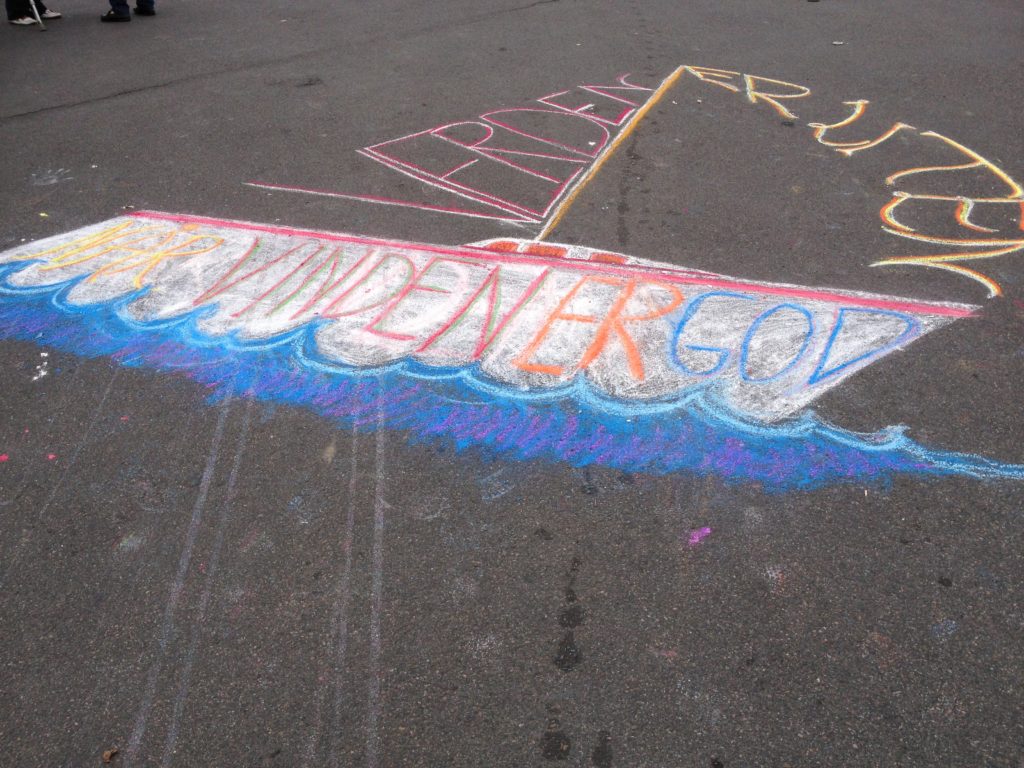
13 years ago I was in San Diego CA with my family. We had just arrived, and I was already all force on the persuasion job to get my family into Sea World San Diego as soon as possible.
Sea World is a theme park about the ocean, showing off marine mammals and all kinds of marine creatures. They do shows with trained pinnipeds and cetaceans. I had never seen a whale or dolphin before.
We went. We saw 2 shows, watched pinnipeds, dolphins, and the orcas… It was the craziest amusement park I had ever been in, and although I had never been a fan of zoos, the orcas just took my breath away. I wanted to be in the “soak zone”, be as close as possible, perceive their incredible power, feel it on my skin. It was mind-blowing.
Two days after, we were back for a night orca show.
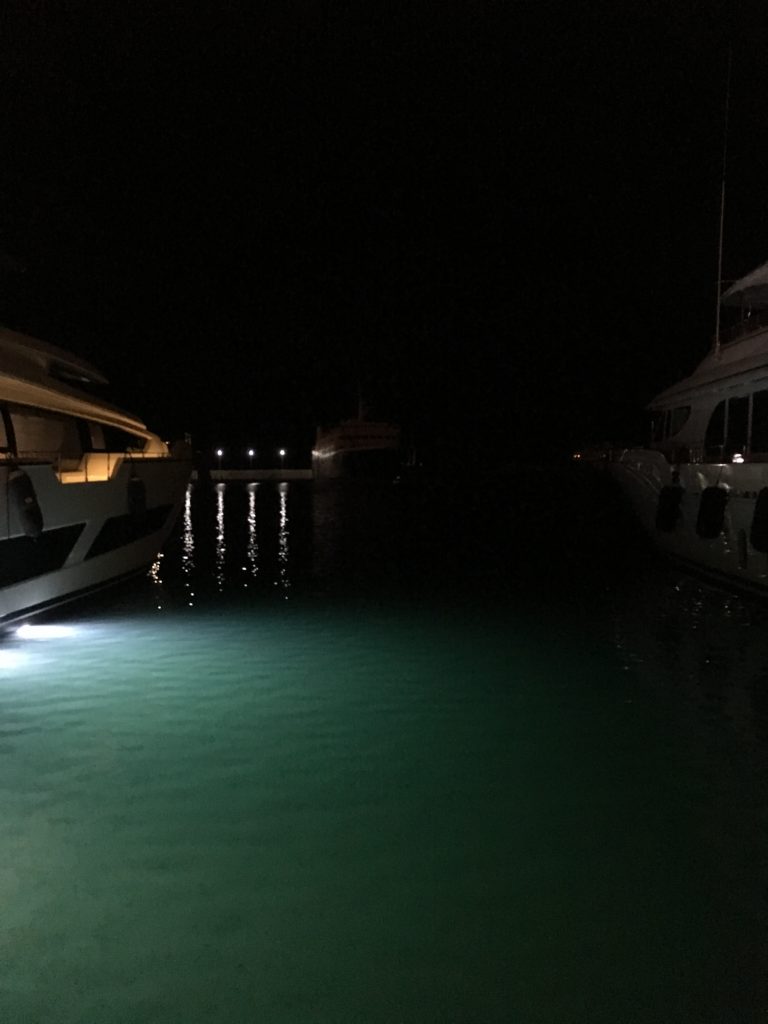
Thinking of it from the future, I realize we were lucky not to assist to a drama in those days. Orcas do not attack humans the wild, but there have been several cases of aggressions by captive orcas who injured or killed their trainers through the years, since this business started and wild baby orcas were captured, taken away from their families (pods), trained to do shows and live in closed tanks. (If you are interested in this story, I recommend watching the documentary “Blackfish” from 2013).
After the show, I remember being in the car on the way back to the hotel, watching the lights of the city from the window. I still had the emotion of the show tickling inside me, looking for a way out, and I remember thinking, how amazing it had been. Those animals…there are just no words for them. And then, I thought, what about them? I had such a great time. But what about that huge incredible creature who made it so. Did he or she have a great time too? Did he or her choose to do those jumps, that whole show?
I didn’t ask myself twice, although I didn’t like the answer. I remember feeling guilty for having enjoyed the show so much, as if the animal was an object, alive for the only purpose to amuse us. I felt bad for the animal, and for us.
I remember asking my parents about wild orcas straight away. They had seen them in Vancouver, BC, during their honeymoon. So that night I wrote in my diary, “one day, I will go there to meet them. They must be the portrait of freedom”.
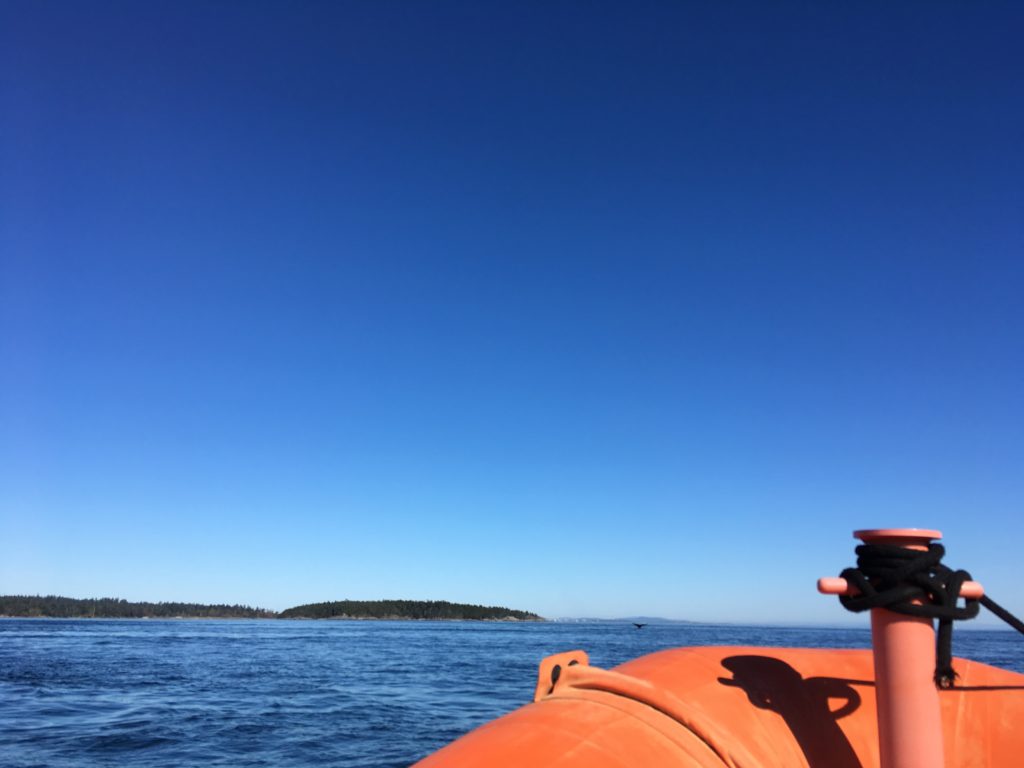
From that night, I was done with captivity. It was a fast process: I had just found out I was so attracted by these incredible animals, and at the same time decided that the easiest way to get close to them was not for me, in fact -if it were for me- it would not be an option at all.
What to do then with these incredible emotions, this feeling of kin, of wonder?
I started imagining myself working around these animals in the wild. I bought a guide of the marine mammals of the world, went with my parents to visit the Marine Mammals Center in Sausalito and then on a whale watching trip in Monterey.
I started being interested in animal behavior, and I started being reflective over my own feelings towards these animals. I had already a vague perception that as humans, we are not used to ask permissions and we take what we want, without even asking ourselves why we want it or is there something more to consider, to know about the world than our own greed over it. I didn’t know where to draw the line between listening to my curiosity and being a respectful neighbor, so I chose I’d try and be cautious.
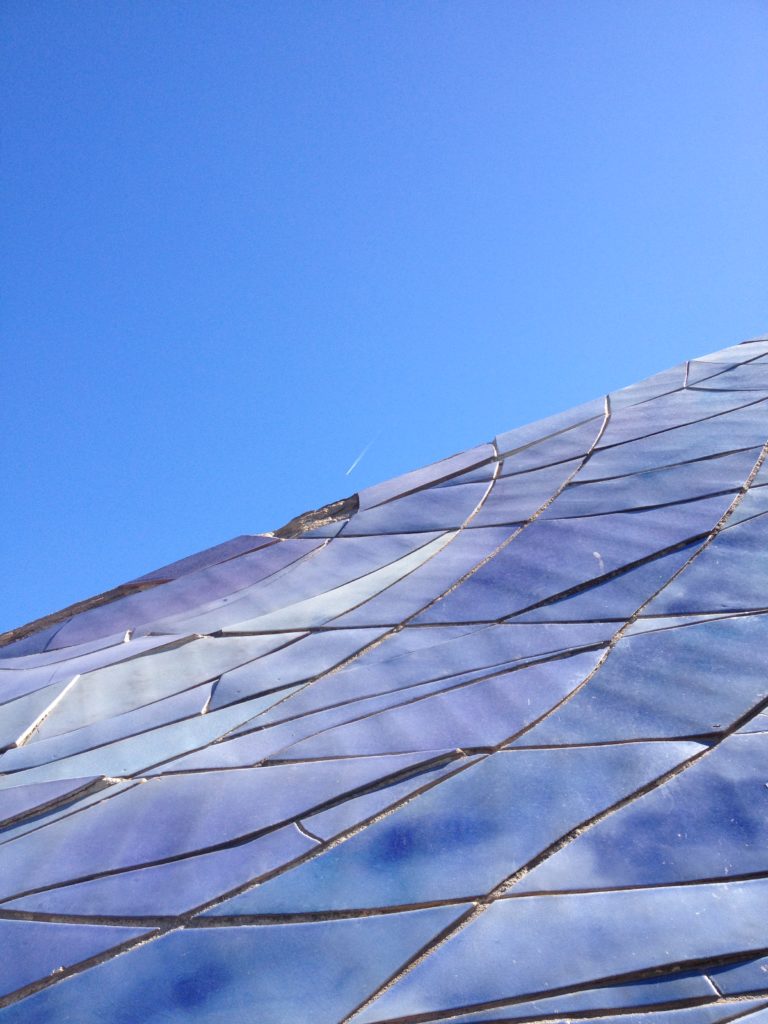
The memory of the trip stayed with me through the next years, as I dove deeper into the music world and a very busy student life. When I was 18, my mother had an amazing idea for my birthday present. It was a time when studying had overcome everything else and the need to get marks and finish up conservatory was pressing. In other words, things were drying up a bit.
The present was a week on a research vessel, contributing to the data collection of the Tethys Institute in the Pelagos Sanctuary, an area co-established in the Ligurian Sea by Italy Montecarlo and France to protect the local marine fauna and support marine research.
On the bow of that boat, watching striped dolphins bow riding under my feet, I cried and laughed at the same time and I felt home, and alive. I remember a spermwhale watching us with his head turned, one eye out of the water. I remember fin whales diving and leaving footprints of smooth water behind them, like sculptures of glass on the sea surface. I remember sharing that amazing experience with a crew of passionate people from allover the world.
That week turned things around. I didn’t give anything for granted anymore, the years of crazy studying for its own purpose were over. I wanted to feel alive, as I felt on that boat with the dolphins.
In the following years I continued my music studies, and after I found out that to study animal behaviors (ethology) I would have to go through 3, 4 years of chemistry, maths and physics that meant nothing to me, I enrolled in a psychology bachelor, fascinated by Bowlby’s attachment theory.
I still knew I loved those animals, but life took just a different turn for a while, as I completed my cello master and left for my first foreign life experience in France. I started writing music and worked in a professional orchestra. And then one night on a coach somewhere between Rome and Ljubljana, I thought it was a blast that I loved marine mammals so much, and my profession was bringing me so far away from them.
Then I thought, what the hell, I could make my own way. I could bring marine mammals in my life somehow! I imagined music for cello and whales vocalizations and loved the idea.
The way was already there.
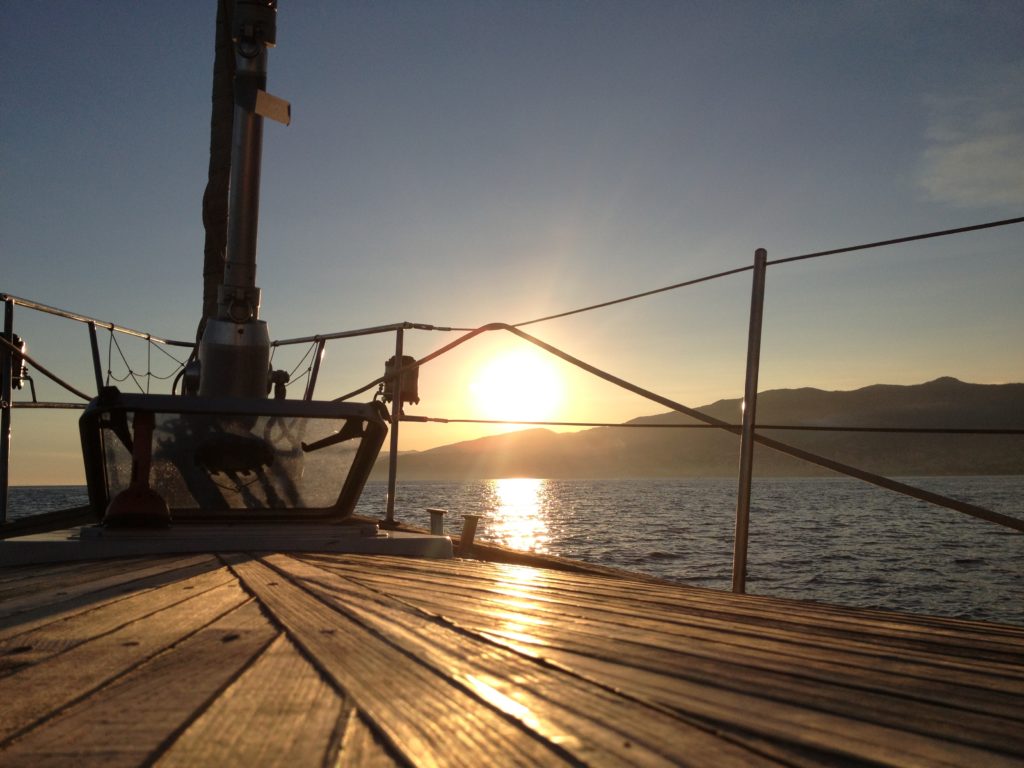
As I worked on the Jean Gab, the research vessel of Oceanomare Delphis Onlus, waking up in the early morning and going to bed after long days, sleeping before I touched the bed, I didn’t think of all this. There was no time for it! I was too taken in the work, and in the amazing thing of being out at sea every day. But now that I am back on land, on holiday, I took time to look behind and check out what brought me there.
After working with marine researchers as an artist in the past 2 years, this spring I started craving fieldwork experience. I wanted to get there where things happened, where data were gathered, have chances to meet the animals, feel that electric feeling of wonder and mystery again. So I applied to internships in Europe from different associations involved in Marine Mammals Research.
Internships are usually unpaid, hands-on roles, meant to give fresh graduates field work experience, and provide research projects with motivated helpers. As I learnt later from my assistant fellows, they are very much sought roles, and there are always more applicants then available positions. I was lucky to get this opportunity, also considering my unusual curriculum!
Oceanomare Delphis Onlus was born from the union of two different organizations in 2010. The association’s project Ischia Dolphin Project operates around Ischia, a big touristic island out of Naples, part of the Campanian Archipelago. Its main aims are to monitor the local populations of cetaceans through photo-id, acoustic and behavioral observations, and to educate and involve the local public and institutions in the conservation of these animals. ODO’s work has also brought to the institution of the Marine Protected Area “Regno Di Nettuno” around Ischia and part of Procida.
The research takes place on the Jean Gab, a 17mt sail boat made in 1930 in Marseille. This boat has been my home for 4 incredible weeks and I could have not asked for a more marvelous, welcoming place.
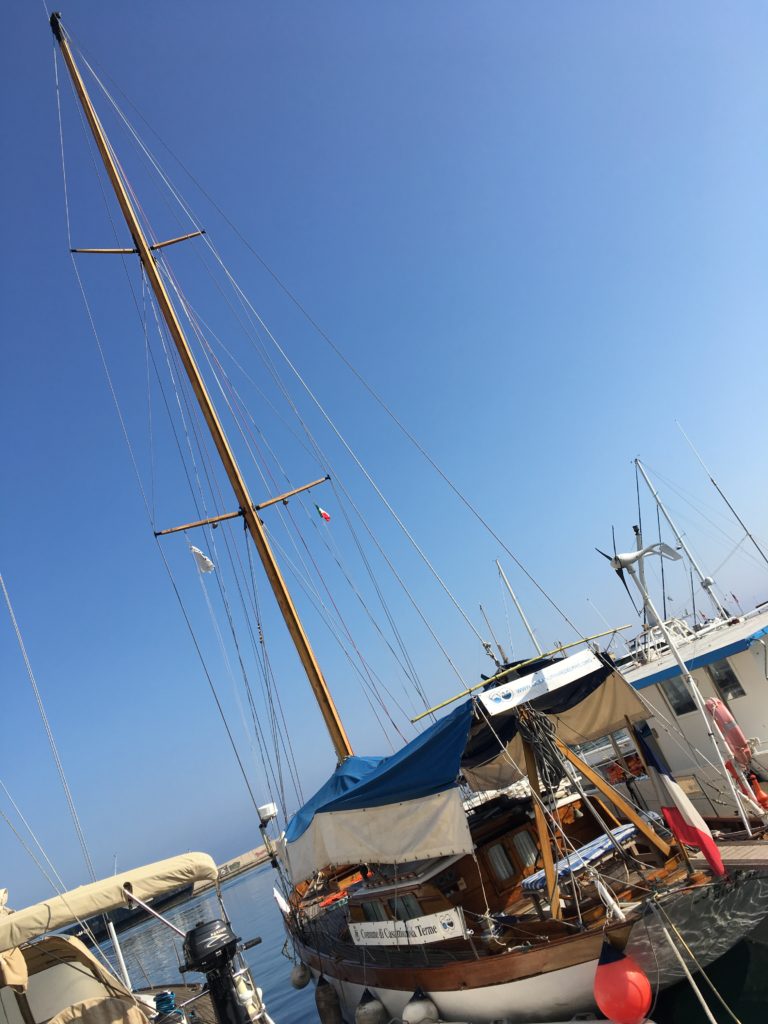
When I got onboard in the beginning of July, it was a hot and busy afternoon in Casamicciola Terme. The trip had been crazy due to masks and a very chaotic atmosphere at the Ischia Porto bus station (later on I found out that’s just the usual mode of local buses), and I was relieved to finally read the right name on the stern of the boat. I was greeted by the two lovely research mascots, Berta and Sterna, the captain’s dogs, and by the captain himself, Angelo.
The first days passed by in preparations, small jobs around the boat and data software training, as well as online purchases and getting used to the local shops -all the while enjoying the house cuisine (Angelo is the most amazing cook! ).
The research runs thanks to the support of paying volunteers, who come onboard for a week as a very special and alternative holiday. Thanks to covid, the number of volunteers this year is very limited (so if you are interested to jump onboard, get in touch!), but we were expecting guests during my fist 2 weeks onboard. This meant, going out at sea almost every day! Some very intense times were coming… and I couldn’t wait.
On Sunday I was dressing the table on the deck for dinner, and I saw a friendly face coming up on the decks. “There is a smiling person coming -it must be Sara!” Sara has been a research assistant with ODO for 18 years and is a musician like me. Funny coincidence, she knew my mum through to one of her children books! Sara was such an amazing company and support, as thanks to her I learnt not only how to manage the various aspects of daily boat life, but also the departure and parking maneuvers in the harbor, the sails, and the knots!
So after all the necessary preparations and clean-ups, we were good to go…
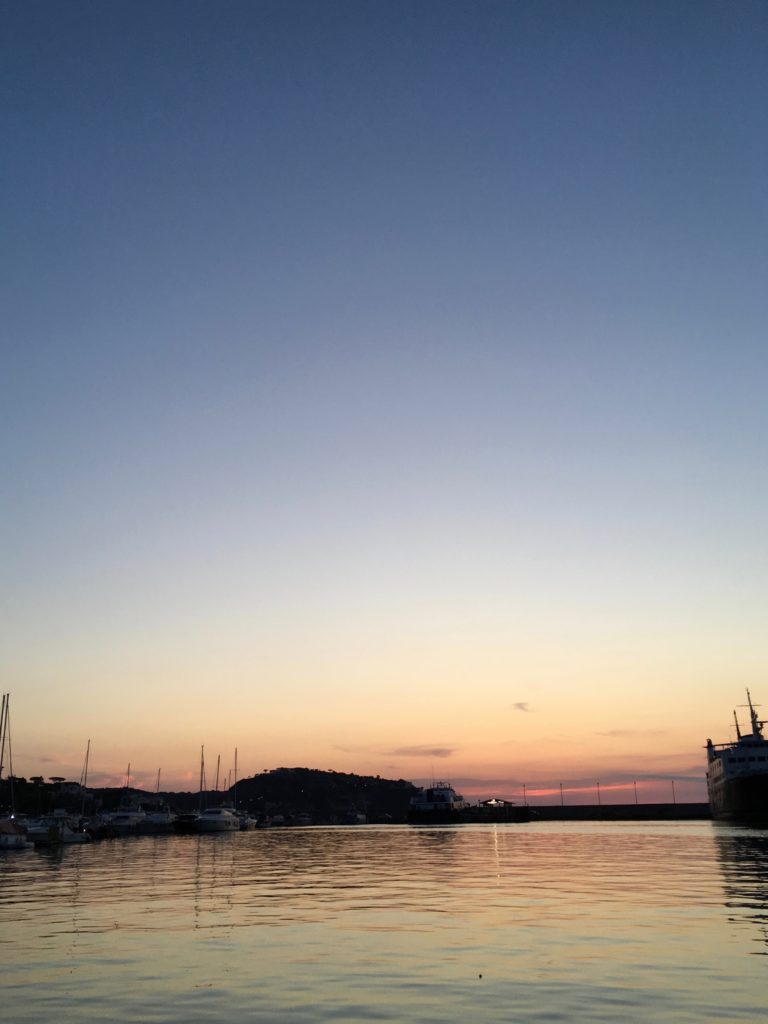
I’ll tell you what happened during the following weeks in the next posts. I can’t wait to present to you the amazing marine habitants of Ischia’s waters, and our adventures in such an incredible corner of the Mediterranean… So stay tuned!!
Meanwhile, I am super happy to share with you my first interview ever: thanks to friend and artist Ingrid Erickson, who I met at the Sitka Center for Art and Ecology this spring, I had the chance to tell the story of my science and art work, and the path that brought to it.
Ingrid is an incredible figurative artist from North Carolina, working on zoology related projects of cut paper…. Please visit her blog, or have a look at the interview here (post of July 10th)!
